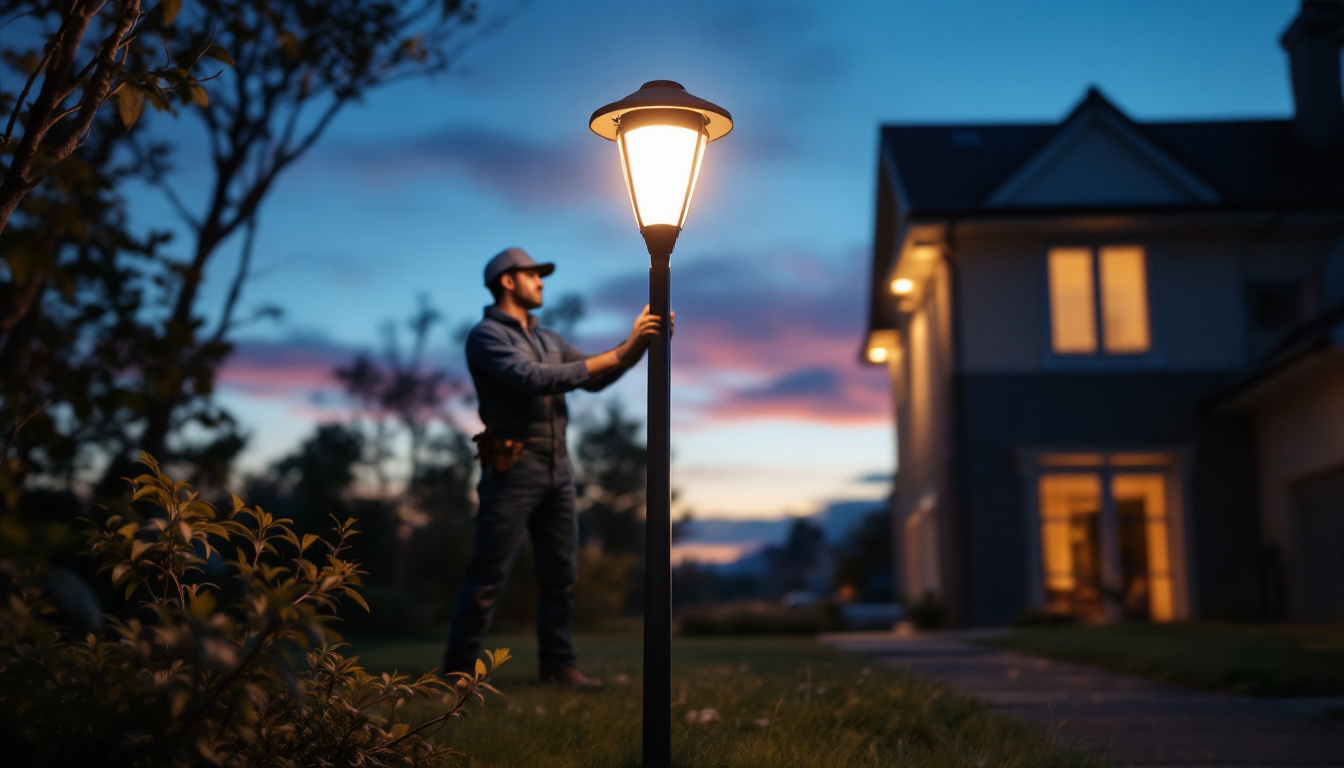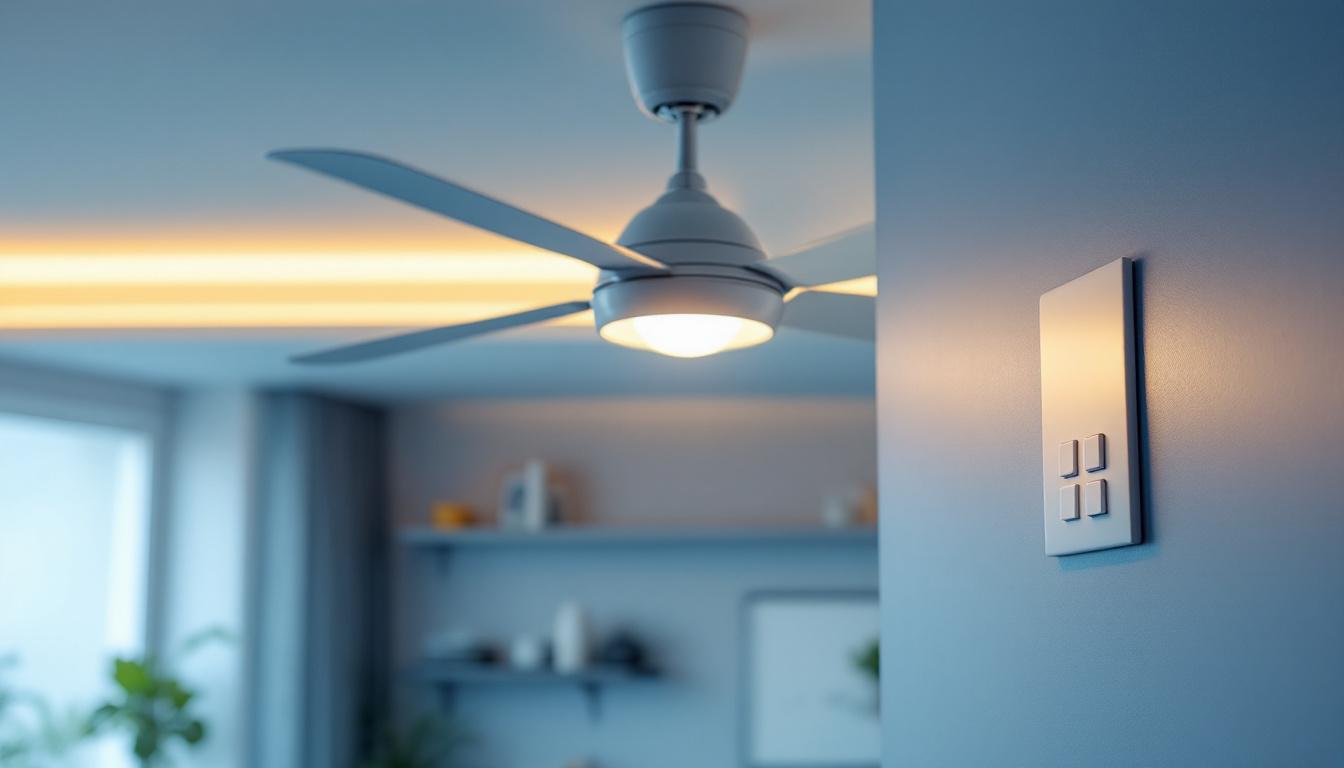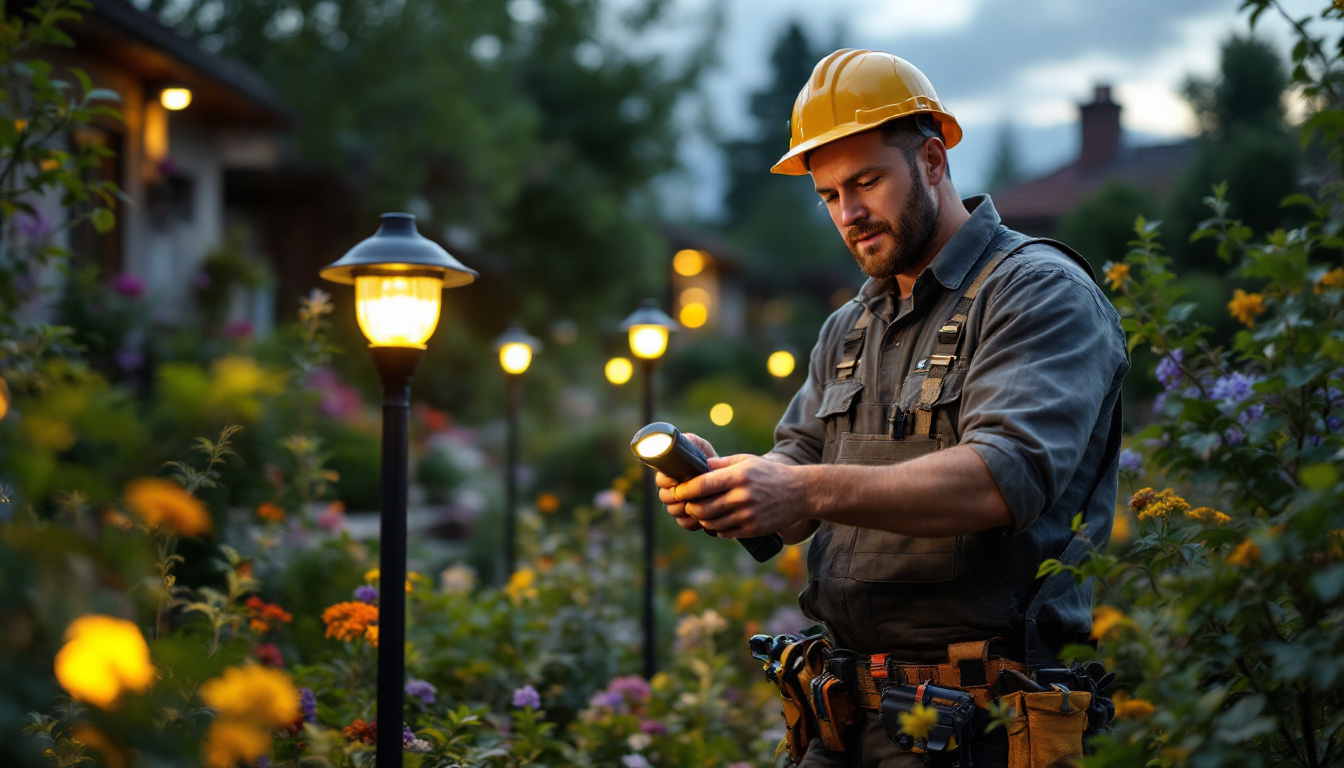
As the demand for sustainable and energy-efficient lighting solutions continues to rise, solar lamp posts have become an increasingly popular choice for both residential and commercial projects. However, lighting contractors often encounter several common pitfalls when working with these innovative fixtures. Understanding these mistakes can help contractors enhance their project outcomes and ensure client satisfaction.
Before delving into the common mistakes, it’s essential for contractors to have a solid understanding of how solar lamp posts function. These lighting solutions harness solar energy through photovoltaic panels, converting sunlight into electricity to power LED lights. This technology offers numerous benefits, including reduced energy costs and minimal maintenance. Furthermore, solar lamp posts contribute to environmental sustainability by decreasing reliance on fossil fuels and reducing carbon footprints, making them an attractive option for eco-conscious consumers and municipalities alike.
One of the critical aspects of solar lamp post technology is the quality of its components. The efficiency of the solar panel, the capacity of the battery, and the durability of the LED fixture all play significant roles in the overall performance. Contractors often overlook the importance of sourcing high-quality materials, which can lead to subpar lighting performance and client dissatisfaction. Additionally, the integration of smart technology into solar lamp posts, such as motion sensors and dimming capabilities, can enhance their functionality and energy efficiency, providing even more value to clients who seek modern and adaptable lighting solutions.
Another crucial element is the energy storage system. Solar lamp posts rely on batteries to store energy collected during the day for use at night. Contractors must ensure they select batteries with adequate capacity and longevity to meet the specific needs of the installation site. Failing to do so can result in insufficient lighting during evening hours, undermining the purpose of the installation. Moreover, the choice of battery technology—whether lithium-ion, lead-acid, or newer alternatives—can significantly affect the overall performance and lifespan of the solar lamp post. Understanding the trade-offs between these options is vital for ensuring that the installation not only meets current demands but also adapts to future energy needs as technology continues to evolve.
Proper site assessment and planning are vital steps in any lighting project, yet they are often rushed or overlooked. A well-executed site assessment can significantly impact the effectiveness of solar lamp posts. Contractors need to consider various factors that could affect the performance of the solar lighting system. This initial phase not only sets the foundation for the project but also helps in identifying potential challenges that could arise during installation and operation.
One of the most common mistakes is not adequately evaluating the sunlight exposure at the installation site. Solar lamp posts require direct sunlight to function optimally. Contractors should assess the surrounding environment for potential obstructions such as trees, buildings, or other structures that may cast shadows on the solar panels. Conducting a thorough analysis will help in positioning the lamp posts for maximum sunlight exposure. Additionally, utilizing tools like solar pathfinders or shading analysis software can provide a more precise understanding of how sunlight interacts with the site throughout the day and across different seasons, ensuring that the solar panels receive the necessary light to charge effectively.
Weather conditions can significantly affect the performance of solar lamp posts. Contractors must consider the local climate, including factors such as average sunlight hours, seasonal variations, and extreme weather events. For instance, areas with prolonged cloudy seasons may require more robust battery systems to ensure consistent lighting. Understanding these conditions allows contractors to choose the right products and configurations for their projects. Furthermore, it is crucial to evaluate the potential for snow accumulation or heavy rain, as these elements can impact the solar panels and the overall functionality of the lighting system. By factoring in these weather-related variables, contractors can enhance the durability and reliability of the solar lamp posts, ensuring they remain operational regardless of the environmental challenges they face.
Even with the right products and planning, improper installation can lead to various issues down the line. Contractors must adhere to best practices during the installation phase to ensure the longevity and efficiency of solar lamp posts.
One of the frequent installation mistakes is improper mounting and positioning of the lamp posts. The height and angle of the solar panels are crucial for optimal performance. If the panels are not angled correctly, they may not capture sufficient sunlight, leading to inadequate lighting at night. Contractors should follow manufacturer guidelines and best practices for mounting to achieve the best results. Additionally, considering the surrounding landscape is vital; trees, buildings, or other obstructions can cast shadows that significantly reduce solar exposure. Therefore, a thorough site assessment should be conducted prior to installation to identify the best locations for the lamp posts, ensuring they are placed in areas that receive maximum sunlight throughout the day.
Another critical aspect of installation is ensuring secure electrical connections. Loose or poorly connected wiring can lead to malfunctioning lights or complete system failure. Contractors should take the time to double-check all connections and ensure that they are weatherproofed to withstand environmental conditions. This attention to detail can prevent costly repairs and enhance the reliability of the solar lamp posts. Furthermore, it is advisable to use high-quality connectors and junction boxes that are specifically designed for outdoor use, as these components can significantly improve the durability of the installation. Regular maintenance checks should also be scheduled to inspect the integrity of the connections over time, as wear and tear from the elements can compromise even the best installations.
Maintenance is often an overlooked aspect of solar lamp post installations. Many contractors assume that solar lighting systems are maintenance-free, which can lead to unexpected issues over time. Regular upkeep is essential to ensure that the systems continue to perform optimally.
Dust, dirt, and debris can accumulate on solar panels, reducing their efficiency. Contractors should advise clients on the importance of regularly cleaning the panels to maintain optimal performance. Simple maintenance tasks, such as wiping down the panels with a soft cloth, can significantly enhance the energy absorption capabilities of the solar lamp posts. Additionally, in areas with heavy rainfall or dust storms, it may be beneficial to implement a more rigorous cleaning schedule to prevent any long-term build-up that could hinder energy production. Clients should also be made aware that using harsh chemicals or abrasive materials can damage the solar panels, so it’s best to stick with gentle cleaning solutions.
Battery life is another critical factor in the maintenance of solar lamp posts. Over time, batteries can degrade, leading to reduced performance. Contractors should educate clients on the signs of battery failure and the importance of timely replacements. Regular checks can help identify issues before they become significant problems, ensuring the lighting system remains functional. Furthermore, clients should be informed about the different types of batteries available, such as lithium-ion versus lead-acid, and how each type affects the overall performance and longevity of the solar lamp post. Understanding the specific requirements for charging and discharging cycles can also empower clients to make informed decisions about their solar lighting systems, ultimately enhancing their investment.
Effective communication with clients is vital throughout the project lifecycle. Many contractors fail to provide adequate education about solar lamp posts, leading to unrealistic expectations and dissatisfaction.
Contractors should take the time to explain the capabilities and limitations of solar lamp posts to clients. For instance, while these systems can significantly reduce energy costs, they may not provide the same level of brightness as traditional lighting solutions. By setting realistic expectations, contractors can foster a better understanding and appreciation of the benefits of solar lighting.
Post-installation support is another crucial aspect of client communication. Contractors should be available to address any questions or concerns that may arise after the installation. Providing guidance on maintenance and troubleshooting can enhance client satisfaction and build long-term relationships.
There are several misconceptions surrounding solar lamp posts that can lead to mistakes during the installation process. Addressing these misconceptions can help contractors make informed decisions and avoid common pitfalls.
While solar lamp posts can lead to significant savings on energy bills, they may not always be the most cost-effective solution for every project. Factors such as initial installation costs, battery replacement, and maintenance should be considered when evaluating the overall cost-effectiveness. Contractors should conduct a thorough cost analysis to determine the best lighting solution for each specific project.
Another common misconception is that solar technology is infallible. While solar lamp posts are generally reliable, they can be affected by environmental factors such as prolonged cloud cover or extreme weather. Contractors should educate clients about the potential limitations of solar technology to ensure they have a realistic understanding of what to expect.
Solar lamp posts offer a sustainable and efficient lighting solution for various applications. However, lighting contractors must be aware of common mistakes that can hinder the success of their projects. By understanding the technology, conducting thorough site assessments, adhering to proper installation techniques, and maintaining open communication with clients, contractors can enhance their project outcomes and ensure client satisfaction.
Ultimately, the key to successful solar lamp post installations lies in attention to detail, quality components, and a commitment to ongoing education and support. By avoiding common pitfalls, contractors can position themselves as leaders in the solar lighting market and provide exceptional value to their clients.
Ready to avoid the common pitfalls of solar lamp post installation and elevate your lighting projects? At LumenWholesale, we provide lighting contractors with the highest quality, spec-grade solar lighting solutions at unbeatable wholesale prices. Our commitment to excellence ensures you have access to reliable and high-performance lighting that meets the most stringent industry standards. With free shipping on bulk orders, you can trust that you’re getting premium products at the best value, without any hidden fees. Make the smart choice for your next project and experience the perfect blend of quality, affordability, and convenience. Visit LumenWholesale today for Wholesale Lighting at the Best Value.

Discover why 8′ LED light fixtures are essential for any successful lighting project.

Discover essential insights for lighting contractors on selecting and installing island lights in kitchens.

Discover how lighting contractors can enhance their business profits by mastering the installation and optimization of ceiling fan light wall switches.

Discover the transformative power of LED solar lighting for outdoor projects.